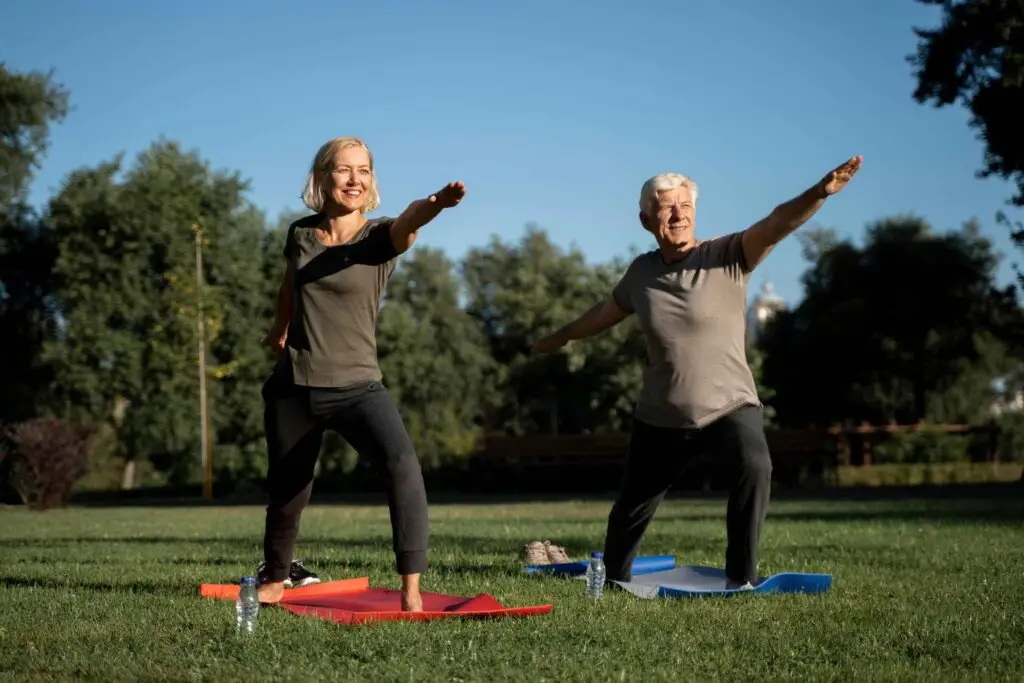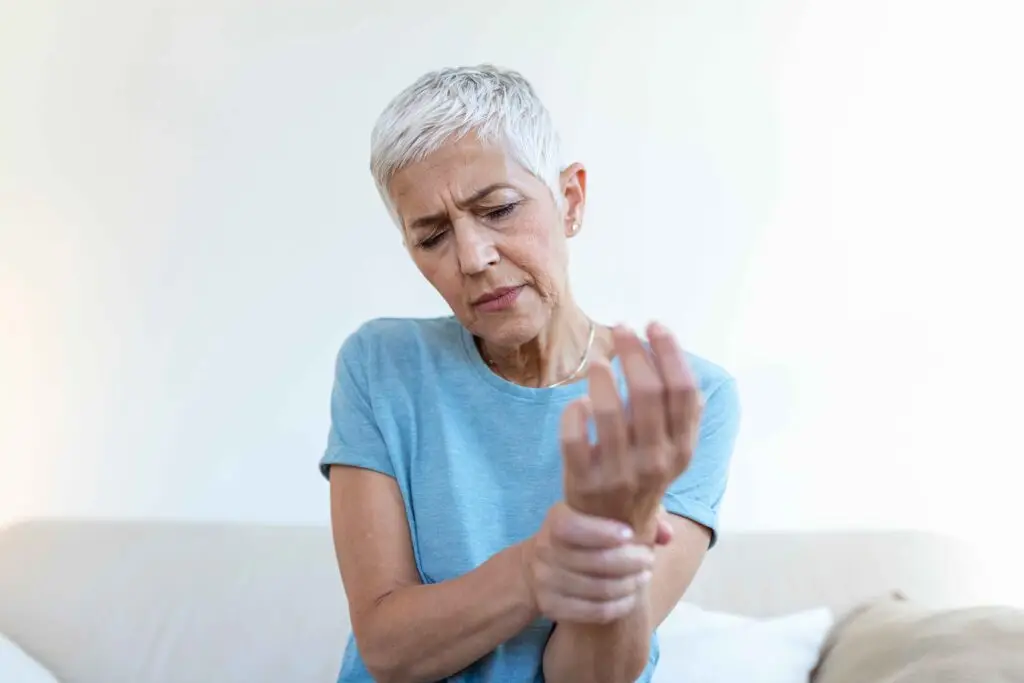A complete guide to rebuilding muscle, protecting your bones, and feeling strong again — without risking injury
After menopause, many women notice something they didn’t expect: their strength slowly slips away. Lifting groceries feels heavier. Climbing stairs takes more effort. Even opening jars or standing from a chair can feel like a workout.
This isn’t just in your head. Loss of muscle mass and strength — called sarcopenia — naturally accelerates after menopause due to declining estrogen levels. But here’s the good news: you can absolutely rebuild that strength, safely and effectively, even if you haven’t worked out in years.
Let’s break down exactly how to do it — the smart, science-backed way — and feel strong, confident, and steady in your body again.
Why Strength Loss Happens After Menopause
Menopause marks a major hormonal shift. As estrogen levels drop, your body becomes more prone to:
- Muscle loss
- Bone density reduction
- Slower metabolism
- Increased fat storage
These changes can affect balance, energy, and independence. But strength training — combined with proper nutrition and rest — can slow, stop, and even reverse these changes.
The 4 Pillars of Gaining Strength Safely After Menopause
This is not about becoming a bodybuilder. It’s about feeling capable, resilient, and strong — so your body supports your lifestyle, not the other way around.
Here’s how to do it, step by step.
1. Start with Bodyweight Exercises to Rebuild Stability
Before you touch a dumbbell or barbell, it’s smart to build a foundation of stability and mobility. That means mastering exercises that use your own body weight.
These are gentle but powerful ways to activate your muscles:
- Wall sits
- Chair squats
- Glute bridges
- Modified push-ups
- Step-ups
✅ Do 2–3 sets of each, 2–3 times per week.
👉 Why it works: These movements target the core, hips, and thighs — areas most affected by muscle loss and crucial for preventing falls.
2. Add Resistance Slowly (and Progress Consistently)
Once your body is used to movement again, begin to add external resistance using light dumbbells, resistance bands, or household items like water bottles. Start small and focus on form. Gradually increase the weight as your strength and confidence improve over time.
- Resistance bands
- Light dumbbells (start with 3–5 lbs if you’re new)
- Cans or water bottles at home
Start small. The key is progressive overload — gradually increasing resistance over time.
Begin with:
- Bicep curls
- Overhead presses
- Standing rows
- Deadlifts (using bands or light weights)
✅ Train 2–4 times per week, alternating muscle groups.
👉 Tip: Never train the same muscle group two days in a row. Rest matters.
3. Fuel Your Muscles with the Right Nutrition
Gaining strength isn’t just about exercise. Without the right food, your body won’t rebuild.
Key nutrients:
- Protein: Supports muscle repair. Aim for 20–30g per meal.
Sources: eggs, chicken, tofu, Greek yogurt, beans, protein shakes- Calcium & Vitamin D: Essential for bone strength
Sources: dairy, leafy greens, fortified plant milks, sunlight- Omega-3s: Help reduce inflammation and support joint health
Sources: salmon, walnuts, chia seeds, flaxseed oil
👉 Watch out for: Ultra-processed foods, excess sugar, and low-protein meals — they work against your strength goals.
4. Prioritize Recovery and Rest
Women over 60 often overlook this: strength is built during rest, not during workouts. Overtraining can lead to burnout, fatigue, or injury. Recovery days are essential for building muscle, improving energy, and staying consistent.
Rest looks like:
👉 Reminder: Soreness is normal. Sharp pain is not. Listen to your body.
Optional Add-Ons (If You’re Ready for More)
Once you’ve built a strong routine with basic strength training, you can safely explore:
- Pilates – for core stability
- Resistance machines at the gym – for controlled movement
- Low-impact strength classes – often available at senior centers
- Water aerobics with resistance tools – perfect for joints
These keep your workouts varied and your muscles challenged without overwhelming your body.
How Long Until You Feel Stronger?
Everyone is different, but most women feel noticeable improvements in 4–6 weeks with consistent effort. You might feel stronger, more balanced, energized, sleep better, and notice everyday tasks becoming easier and more manageable.
- Stand taller
- Walk with better balance
- Feel steadier on stairs
- Sleep better
- Wake up with more energy
👉 The key is consistency, not intensity.
Common Mistakes to Avoid
Let’s keep you on the safe path. Here are mistakes to skip:
- ❌ Doing too much too soon – leads to burnout or injury
- ❌ Skipping warm-ups or cool-downs
- ❌ Ignoring pain or joint discomfort
- ❌ Thinking walking alone is enough – it helps, but it won’t build muscle
- ❌ Under-eating protein – a common but fixable mistake
Final Thoughts: You Are Stronger Than You Think
Menopause may change your body, but it doesn’t define your limits. With small, consistent effort, you can rebuild the strength you thought was gone for good.
You don’t need a gym. You don’t need to “push harder.”
You just need a plan, a little support, and the belief that your strongest years can still be ahead of you.
✅ Next Step:
Consider starting with a simple 2-day strength plan at home — even 20 minutes makes a difference.
If you’d like a printable beginner routine, just let me know and I’ll create one tailored for women post-menopause.





